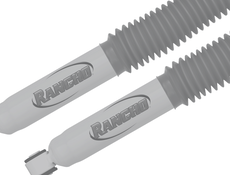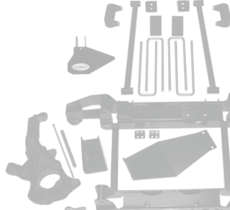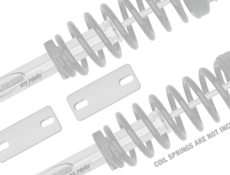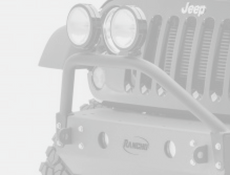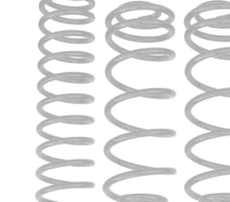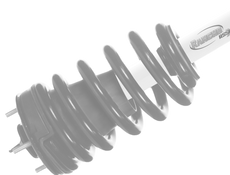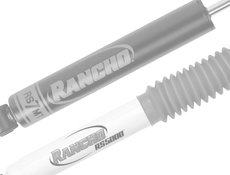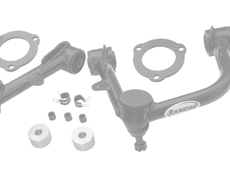What is the Right Tire Rotation Pattern For My Vehicle?
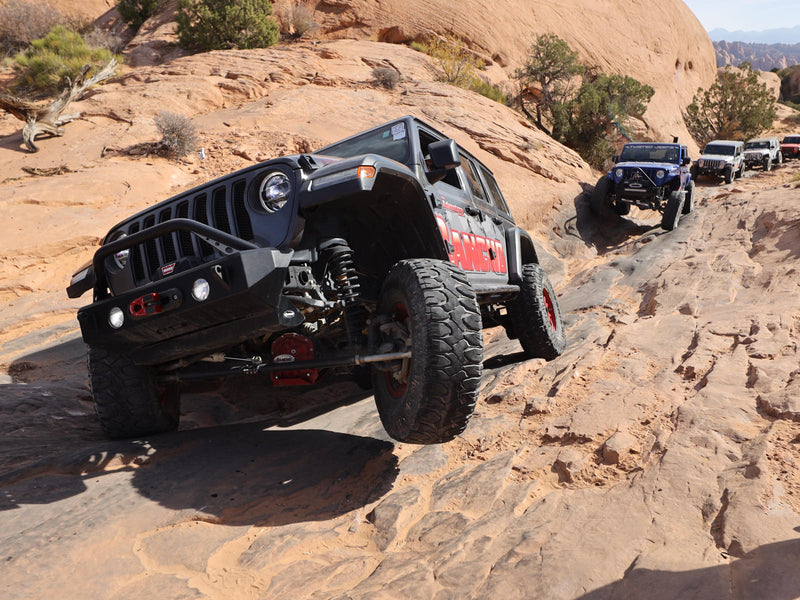
WHY YOU SHOULD ROTATE YOUR TIRES?
Rotating your vehicle’s tires is an important part of your vehicle’s maintenance schedule. The simple act of moving your tires from one position on your vehicle to another, can help promote even tire wear. If your tires wear unevenly, it can negatively impact the steering and handling of your vehicle and increase the distance that it takes your vehicle to come to a stop.
HOW OFTEN SHOULD TIRES BE ROTATED?
In general, you should rotate your tires every 5,000 to 8,000 miles. Check your owner’s manual for the recommendation for your vehicle and keep in mind that your driving habits may affect how often you have this service done. A good guide is to have the tires rotated when you get an oil change.

HOW TO SELECT THE RIGHT TIRE ROTATION PATTERN
There is more to rotating tires than just changing the position of each tire – the process uses a set pattern to be effective in ensuring even tire wear. The tire rotation pattern that you should use for your vehicle depends on four factors:
- Tire Tread Type – There are two main tread types: directional and non-directional. A directional tread features large grooves that form a Y or V shape and rotates in one direction. Many directional tires indicate the rotation direction on the sidewall. A tire with a non-directional tread can rotate in either direction with no change in performance.
- Drivetrain – There are four drivetrain types: all-wheel drive (AWD), front-wheel drive (FWD), rear-wheel drive (RWD) and four-wheel drive (4WD).
- Tire Size – While most passenger vehicles have tires that are all the same size, some luxury and performance vehicles have different size tires on the front and back.
- Full Size Spare Tire – For vehicles with a full-size spare tire, you’ll want to include it in a tire rotation.
NON-DIRECTIONAL TIRE ROTATION PATTERNS
For non-directional tires that are all the same size, the type of rotation pattern that is used is dictated by your vehicle’s drivetrain. Because non-directional tires can be moved to different sides of the vehicle, there are more rotation options.

- Forward Cross – FWD
This is the most common pattern for front-wheel drive vehicles. The front tires move to the opposite rear positions and the rear tires move to opposite front locations.

- X-Pattern – 4WD & AWD
All tires are moved diagonally – tires are switched from one axle to the opposite axle and moved from one side to the other.

- Rearward Cross – RWD
The rear tires are moved forward on the same side of the vehicle and the front tires are moved to opposite sides on the rear of the vehicle.
FIVE-TIRE ROTATION
For vehicles with a full-size spare, it is crucial that you maintain even tread wear on all five tires. By including the full-size spare in the tire rotation process, you’ll maintain gearing and performance if you need to use it.

- Rearward Cross – RWD & 4WD
Both rear tires move forward on the same side and the spare tire moves to the rear on the right side. The right front tire goes to the rear left side and the left front tire is the new spare tire.

- Forward Cross – FWD
Move the rear tires diagonally to the front on opposite sides and the front right tire is the new spare tire. The old spare tire moves to the rear right side and the left front tire moves back to the left rear spot.
DIRECTIONAL TIRE ROTATION PATTERN
There are limited options for tire rotation patterns for directional tires. For directional tires that are the same size, only a front-to-back tire rotation on the same side of the vehicle is possible. Side-to-side rotation isn’t possible – it would result in the directional tire facing backward.
ROTATION PATTERN FOR DIFFERENT SIZED TIRES
For vehicles that have different sized front and back tires, the only option is to perform a side-to-side rotation. Because the tires aren’t the same size, they must stay on the same axle.
Learn more about performance shock & struts, find your performance suspension part, or find where to buy your shock or suspension part today.
The content in this article is for informational purposes only. You should consult with a certified technician or mechanic if you have questions relating to any of the topics covered herein. Tenneco will not be liable for any loss or damage caused by your reliance on any content.
